Early cancer detection significantly improves recovery rates; therefore, researchers are always looking for new detection methods. A new study has revealed that blood biomarkers could be used to detect tumors more than three years before a diagnosis is made. It turns out that the secret lies in minuscule fragments of genetic material that the tumors shed. If a treatment that detects these DNA signatures in the bloodstream can be produced en masse, it could help millions catch cancer much earlier than currently possible, a truly groundbreaking advacement.
The Blood Test for Early Cancer Detection
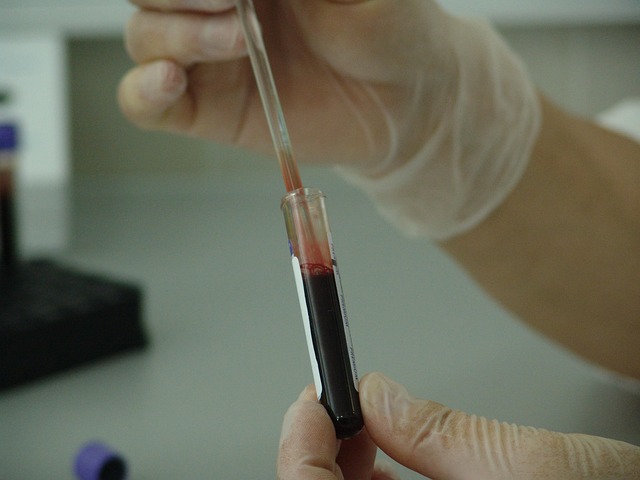
There are significant benefits for early cancer detection. According to an oncology researcher at Johns Hopkins University in Maryland, Yuxuan Wang, “Three years earlier provides time for intervention. The tumors are likely to be much less advanced and more likely to be curable.” The research team analyzed blood samples taken from 26 participants in a wider health study who had all been diagnosed within six months of the sample collection. These blood samples were then compared with 26 other people who did not develop cancer. The aim of the test was to look for ctDNA, or circulating tumor DNA. The researchers used a combination of cross-checks and algorithms to find changes linked to the presence of tumors.
Results of the Early Cancer Detection Test
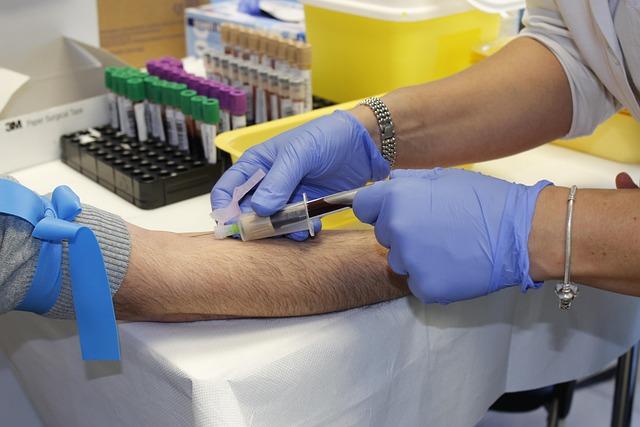
Using the MCED (multi-cancer early detection) test, the researchers found that eight of the 52 participants had been flagged for cancer. This means that the blood analysis was able to pick up 31% of those who had cancer. Additionally, the researchers had accecss to older blood samples from three years earlier for six of those eight individuals. The test detected cancer in four of those six individuals. Those same fragments of tumor DNA were already present, discovered at levels almost 80 times lower. There is far more research still needed before we have blood tests that are sensitive enough to spot cancer many years in advance. This is because the older the samples are, the lower the levels of detectable ctDNA will be.
Read More: Why The ‘Young, Fit and Healthy’ Are Getting Bowel Cancer, Surgeon Explains
Promising Results
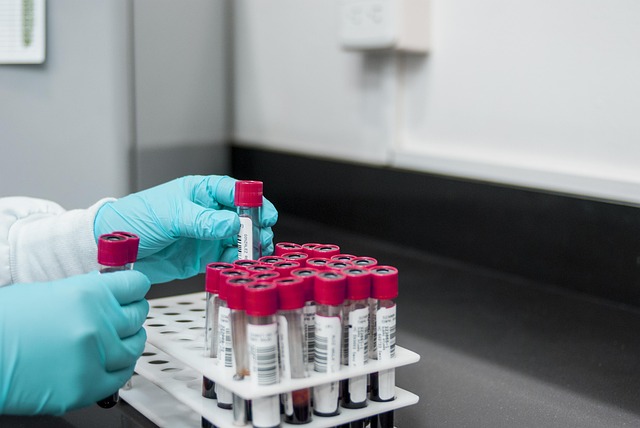
While even better tests are still expected to be developed, this new breakthrough already offers great promise. Oncology researcher at the Ludwig Center at Johns Hopkins, Bert Vogelstein, stated that “This study shows the promise of MCED tests in detecting cancers very early, and sets the benchmark sensitivities required for their success.” The scientific community is currently making significant strides when it comes to early cancer detection. However, there are certain challenges that still remain, such as getting the tests though the trial phases succesfully and then geting them approved by the various regulators. Yet, while these challenges may exist, overcoming each one brings us a step closer to ealrier daignosis and better recovery rates.
Other Emerging Early Cancer Detection Methods
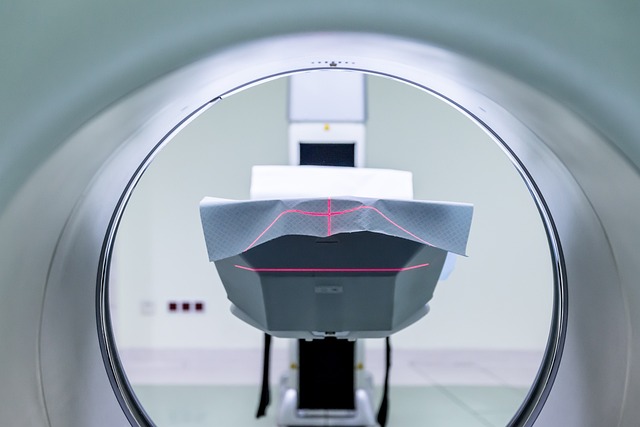
Researchers are also exploring several other methods of early cancer detection at the moment. One of these methods involves breath analysis, where they look for volatile organic compounds released by cancer cells. Another exciting method being explored involves urine biomarkers. They are currently being studied for their ability to signal the presence of bladder, prostate, and kidney cancers. New imaging techniques are also emerging, such as Ai-enanced MRI and CT scans. There are also saliva tests being developed that can detected microbiome and DNA changes associated with throat and oral cancers.
The Bottom Line
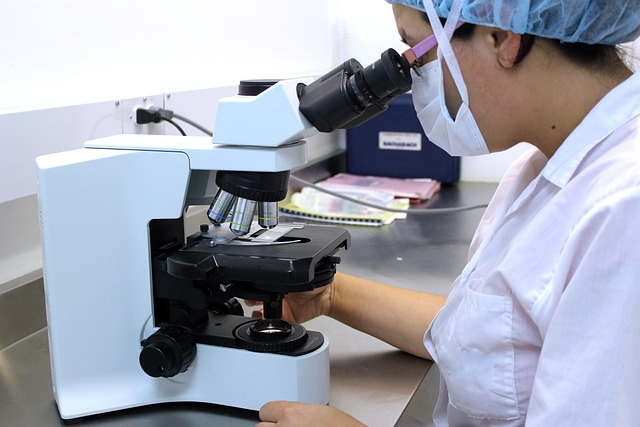
This new early cancer detection method represents a huge leap forward in our ability to be aware of the disease before it becomes life-threatening. Since it can potentially detect cancer up to three years before a traditional diagnosis, it could provide patients and doctors with more time to address the disease. The earlier the cancer is diagnosed, the better the chances of a full recovery. While the test is not yet perfect, it is a step forward in the right direction. Along with other emerging methods of cancer detection, this blood test is helping to create an increasingly bright future.
Read More: Breakthrough Discovery Paves the Way for Treating One of the World’s Most Lethal Cancers

